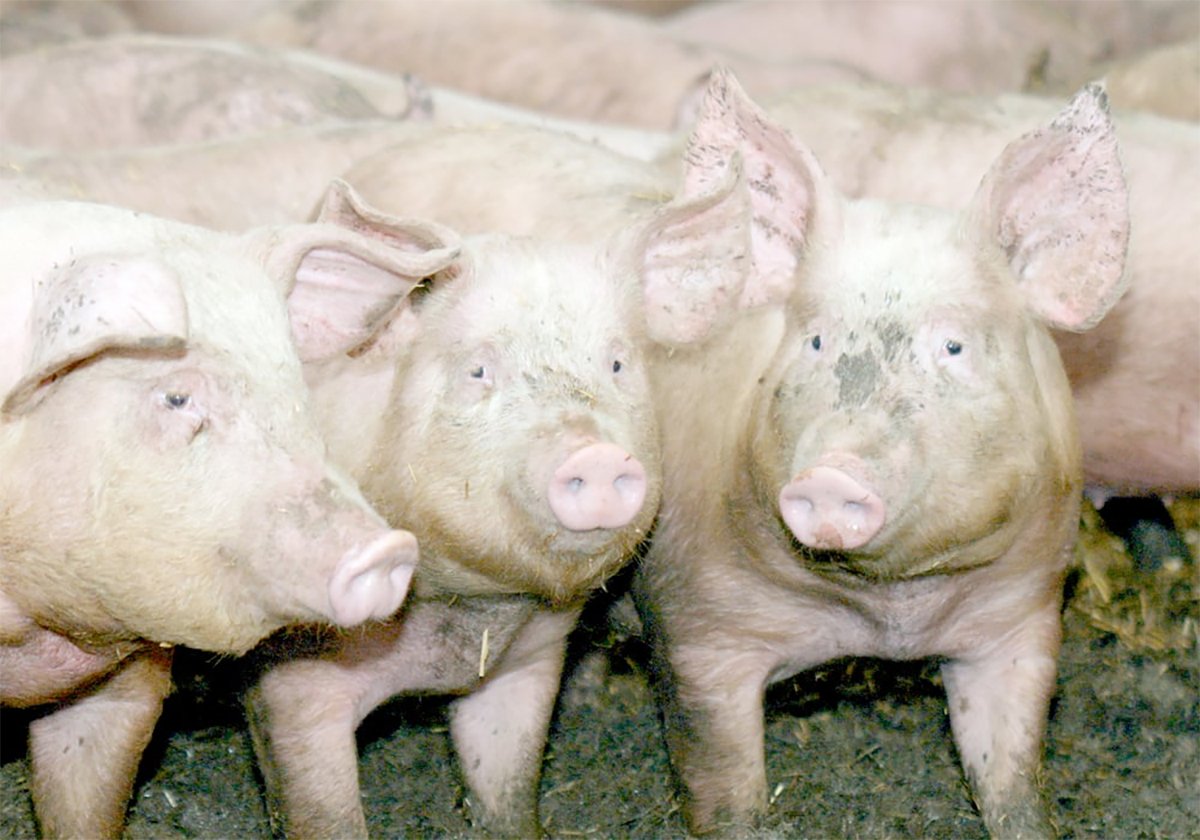American agriculture officials were staying mum June 28 about the origins of a suspected BSE case detected June 25 in the United States.
“The inconclusive result does not in and of itself mean that we have found another case of BSE in this country,” said John Clifford of the animal plant health inspection service of the United States department of agriculture.
Test results confirming whether the animal is positive or negative for bovine spongiform encephalopathy were expected as early as June 29 after an immunohistochemistry (IHC) test was conducted at the USDA laboratory at Ames, Iowa. Considered the most accurate, an IHC test takes three to five days.
Read Also

The Western Producer Livestock Report – October 2, 2025
Western Producer Livestock Report for October 2, 2025. See U.S. & Canadian hog prices, Canadian bison & lamb market data and sale insight.
The most recent case was detected using a rapid test, approved in about half the states and which produces a result in about four hours. Suspect cases must be double checked with the IHC test.
The suspect animal did not enter the food chain and the carcass is being held until results are received, the USDA said.
The inspection service “is beginning internal steps to identify the animal to be prepared in the event that the test comes back positive for BSE,” Clifford told reporters last week.
Rob McNabb of the Canadian Cattlemen’s Association said no information is forthcoming about the case from the USDA or the National Cattlemen’s Beef Association.
“They are suggesting it is as likely to be negative as it is positive,” he said.
This case may or may not have trade repercussions depending on the origin or movement of the cow.
“If we remain on the path of science, it shouldn’t impact anything,” he said.
If the cow is traced to Canada, it could spell disaster for producers waiting for the final USDA rules regarding renewed live trade in North America.
“Politically, it could fuel that much more resistance as fostered by R-CALF and some members of the Senate,” McNabb said.
R-CALF lobbied for tighter controls on Canadian catle entering the U.S.
Following a positive case last December, the USDA announced increased surveillance to 268,000 cattle per year, up from 20,000 per year.
There are two kinds of tests for the prions that indicate BSE.
The ELISA technique provides information on only one feature of the protein contained in a sample and could produce false positive results.
The IHC technique provides information on several independent features of the protein, comparable to a fingerprint. It tells the experimenter whether the test has functioned properly and whether the result is negative or positive.

















